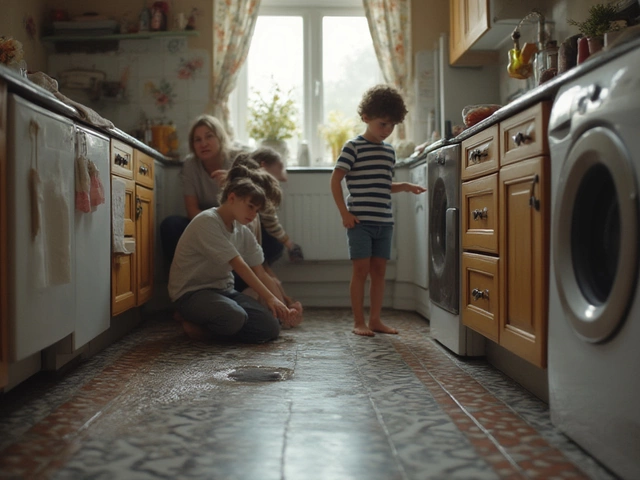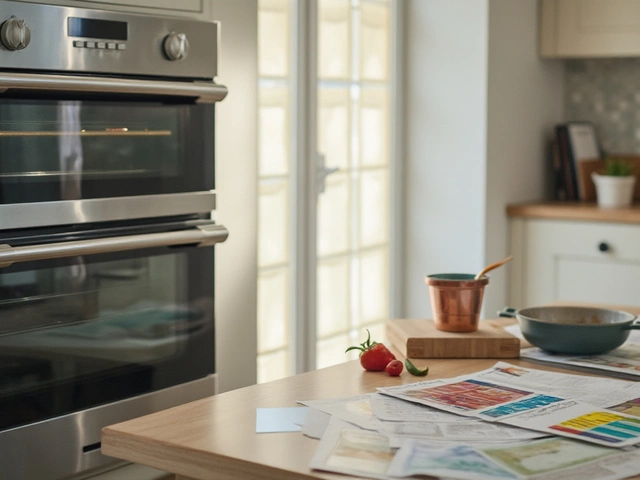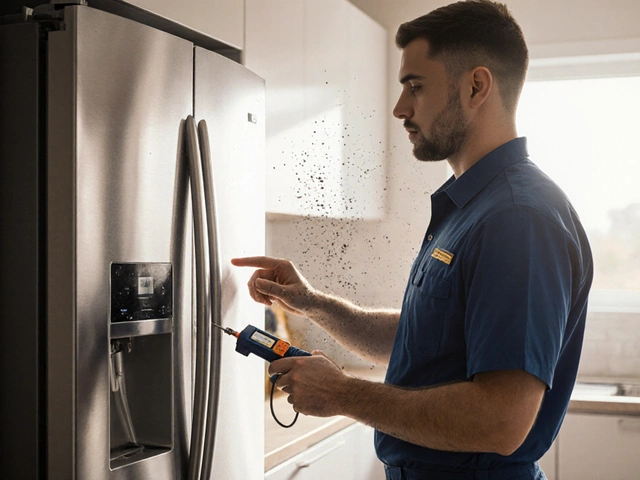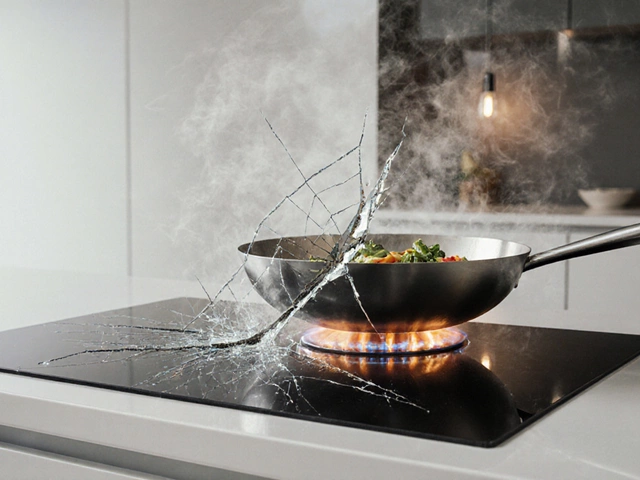Plumbing Issues: Common Problems and Simple Fixes
Got a drip, a stubborn clog, or a noisy pipe? You’re not alone. Most households run into a few basic plumbing hiccups each year. The good news? Most of them can be tackled with a few tools, a bit of time, and the right know‑how.
Why Plumbing Problems Keep Happening
Old pipes, hard water, and everyday wear and tear are the usual suspects. When mineral buildup clogs a drain, the water pressure drops and you hear gurgling sounds. A loose joint lets water escape, creating a drip that can waste gallons a day. Even a tiny crack in a pipe can turn into a big flood if ignored. Knowing the cause helps you decide if a quick DIY fix will do, or if you need a pro.
Another hidden factor is how you use your fixtures. Flushing cotton balls, grease, or food scraps can jam a trap or a sewer line. That’s why a simple screen in the sink and a regular hot‑water flush can save you from bigger headaches later.
Easy Steps to Tackle Common Issues
1. Fix a Leaky Faucet
Turn off the water under the sink, then remove the faucet handle. Most leaks are caused by worn‑out O‑rings or washers—swap them out and tighten the connections. If the leak persists, the cartridge might need replacing.
2. Unclog a Drain
Start with a plunger; a good seal and a few firm pumps can clear most blockages. For tougher clogs, pour half a cup of baking soda followed by half a cup of vinegar, wait 15 minutes, then flush with boiling water. If the drain still refuses to move, a handheld drain snake can reach deeper.
3. Stop a Pipe Leak
Dry the area, then wrap the leaking spot with rubber sheeting or a piece of an old garden hose. Secure it with hose clamps and turn the water back on. This is a temporary fix—call a plumber within a day to replace the damaged section.
4. Silence Noisy Pipes
Air trapped in the lines causes banging noises. Open all faucets fully, then shut them off one by one starting with the highest floor. This lets the air escape and quiets the pipes.
5. Prevent Future Problems
Schedule a quick check of exposed pipes every six months. Look for corrosion, rust, or damp spots. Clean drain traps regularly and use a mesh screen over shower drains. If you have hard water, a water softener can reduce mineral buildup that clogs pipes.
While many fixes are doable on your own, don’t gamble with electrical connections, gas lines, or major pipe replacements. When in doubt, call a licensed plumber—especially if you notice mold, persistent dampness, or a sudden loss of water pressure.
Keeping an eye on your plumbing, acting fast when you spot a leak, and doing a few routine maintenance tasks can save you time, money, and stress. The next time a pipe drips or a sink clogs, you now have a simple plan to get it sorted before it becomes a disaster.







